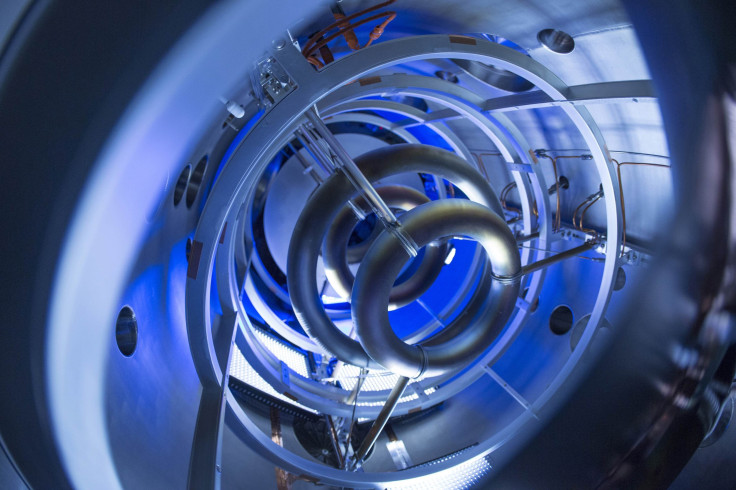Lockheed Martin Claims Compact Fusion Reactors Just A Decade Away

Lockheed Martin Corporation announced on Wednesday that it is working on a compact fusion reactor that can be “developed and deployed” within a decade. The company said, in a statement published on its website, that its aim was to build a fusion reactor that is small enough to “fit on the back of a truck.”
“The compact size is the reason that we believe we will be able to create fusion technology quickly,” the American defense contractor said. “The smaller the size of the device, the easier it is to build up momentum and develop it faster. Instead of taking five years to design and build a concept, it takes only a few months. If we undergo a few of these testing and refinement cycles, we will be able to develop a prototype within the same five year timespan.”
Tom McGuire, who heads the project to develop a compact 100-megawatt compact fusion reactor, said that a small team of scientists had been working on fusion energy for about four years.
“Our compact fusion concept combines several alternative magnetic confinement approaches, taking the best parts of each, and offers a 90 percent size reduction over previous concepts,” McGuire said, in the statement.
McGuire told Reuters that the proposed reactor would use deuterium-tritium fuel, which can generate nearly 10 million times more energy than the same amount of fossil fuels. “We can make a big difference on the energy front,” he reportedly said.
If the company succeeds in building a viable fusion reactor, it would be a major breakthrough in the effort to find a virtually inexhaustible source of energy.
Unlike nuclear fission, which currently powers the world’s nuclear reactors, fusion is a clean form of energy as it does not produce harmful radiation. Scientists have long sought to create viable reactors that can harness the energy generated through fusion. However, this has proven difficult because controlled fusion reactions are extremely hard to achieve.
© Copyright IBTimes 2025. All rights reserved.






















